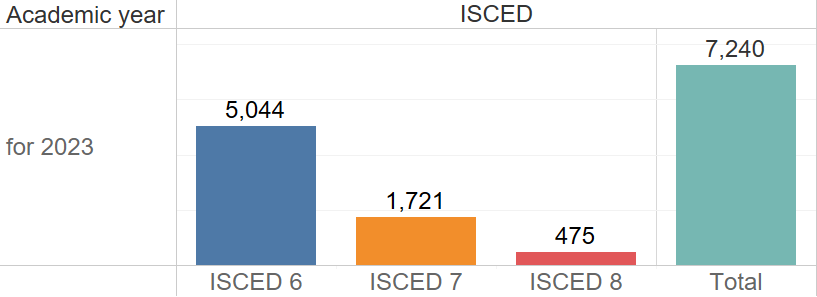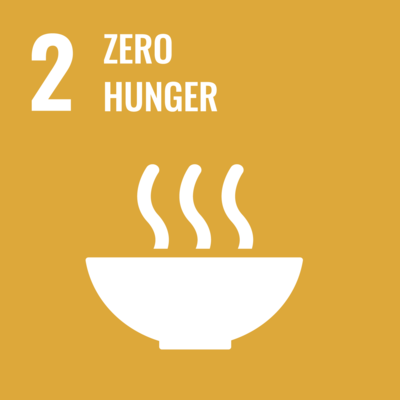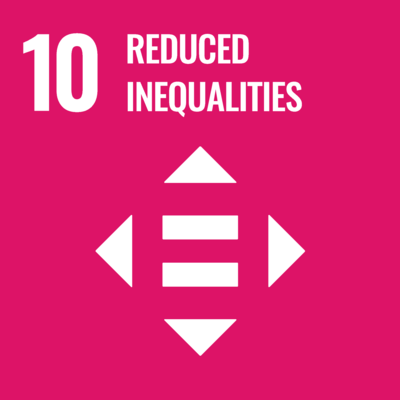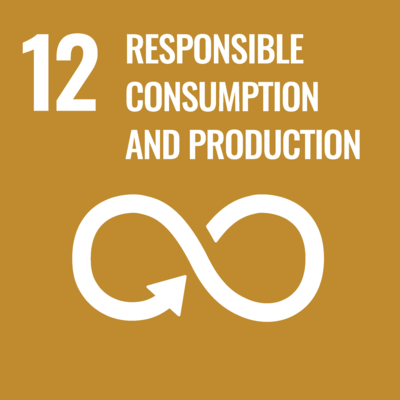SDG 2.2.2 Campus food waste
Total food waste
1. The total food waste generated by the school cafeterias at both of NCUE’s campuses in 2023 was 5.5 tons and the average daily food waste per faculty members and students was 2.75 grams. Compared to the 5.72 tons of food waste generated in 2022, which resulted in an average daily food waste per faculty members and students of 2.75 grams, this reduction of 0.15 grams indicated a notable improvement in our efforts of food waste reduction. Please refer to Table 1.
Table 1. Daily Average Food Waste per Faculty Member and Student
|
Year |
Annual food waste volume |
Average Daily Food Waste per Faculty Member and Student |
Average Daily Reduction in Food Waste per Faculty Member and Student Compared to the Previous Year |
|
2023 |
5.5tons |
2.60 grams |
0.15 grams |
|
2022 |
5.72 tons |
2.75 grams |
0.41 grams |
|
2021 |
6.5 tons |
3.16 grams |
- |
Note: The calculation formula is based on the year 2023.
(1) Daily average food waste generation = Annual food waste/Number of working days in a Year (5 working days per week * 52 weeks = 260 days): 5.5 tons/260 days = 0.021 tons (21,000 grams).
(2) Average food waste per faculty member and student = Daily food waste/Total number of faculty members and students in the school (7,240 students + 821 faculty members =8,061 people): 21,000 grams/8,061 people = 2.6 grams.
2. NCUE abides by the United Nations’ principle of avoiding food waste, encouraging teachers and students to “purchase food that you can finish but not more.” NCUE supports the cafeterias to purchase ingredients from local farmers. This allows them to make the freshest, most delicious meals while also reducing the carbon footprints generated by transporting the ingredients. (Figure1)


Figure 1: Buffet-style meals made by our school cafeterias with local ingredients
Campus population
The campus population is 8,051, with 7,240 students in day-time courses and 811 staff members.
1. A total of 7,240 students: 5,044 in bachelor’s programs; 1,721 in master's programs; 475 in doctoral programs. For campus population, please refer to Figure 2.

Figure 2: Campus Population
2. A total of 811 staff members: 365 teachers, 85staff members, 6 technicians, 215 employees in the school fund, and140 project assistants in the program. For faculty numbers, please refer to Figure 3.

Figure 3: Faculty Numbers

















